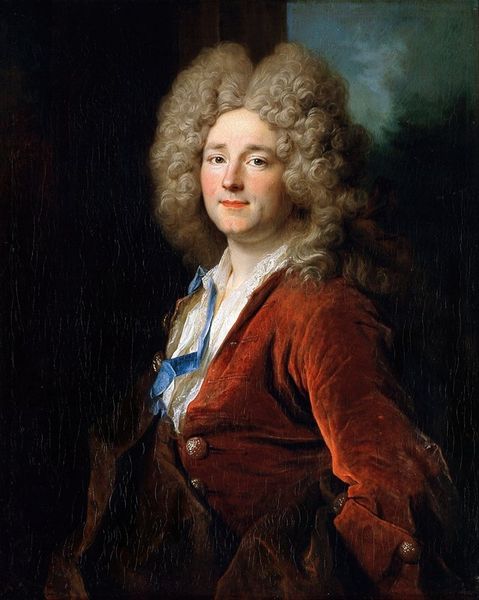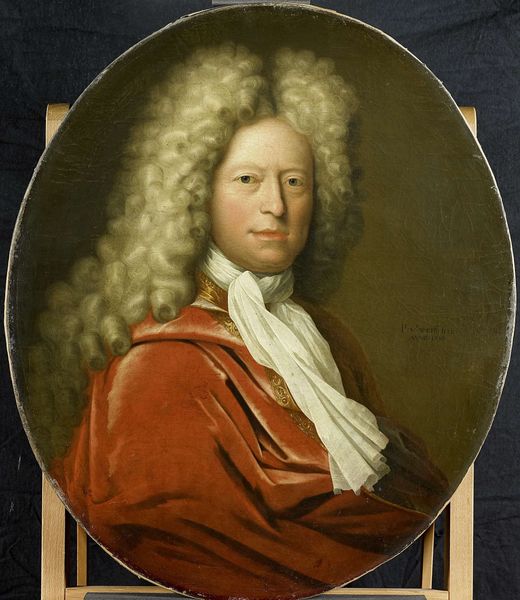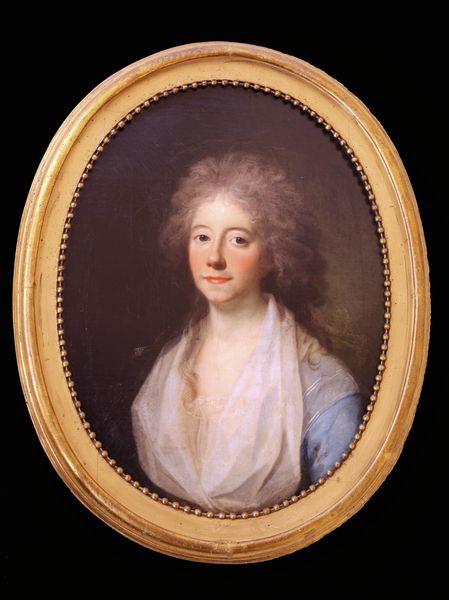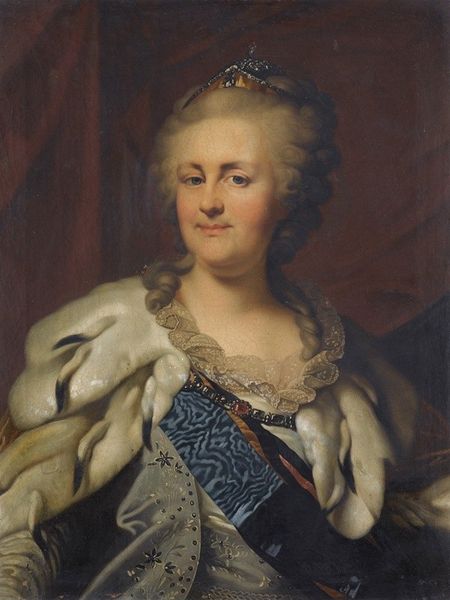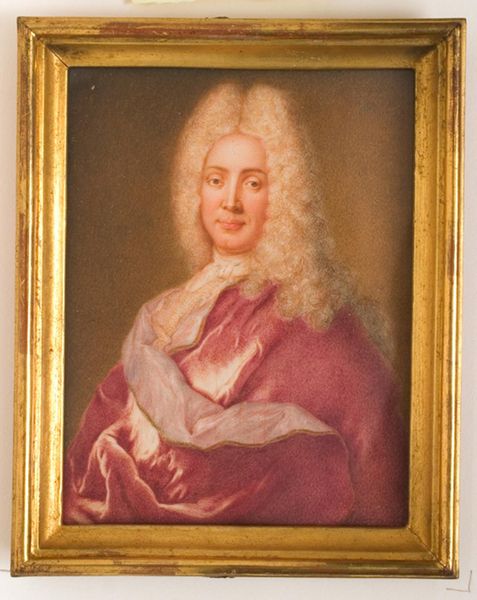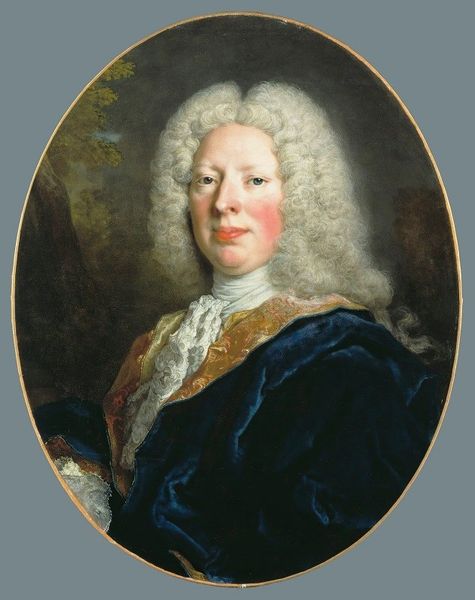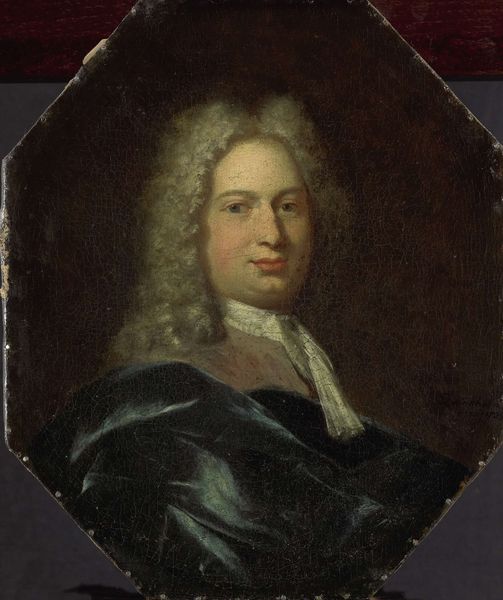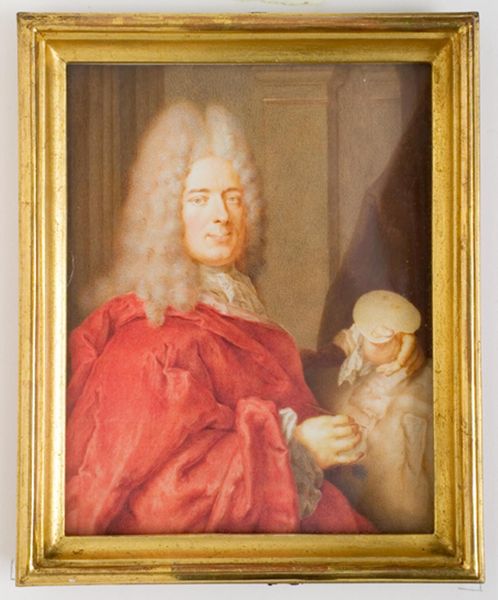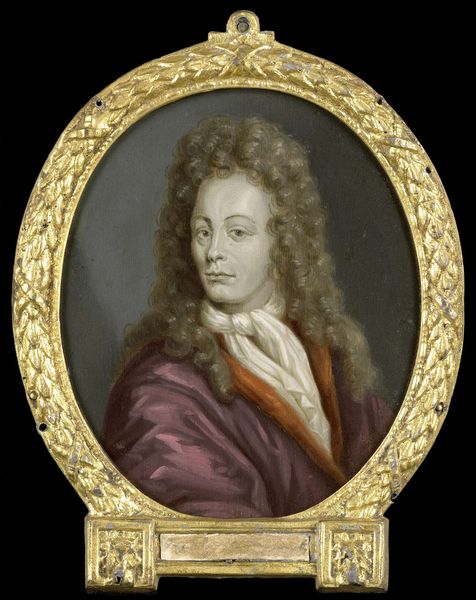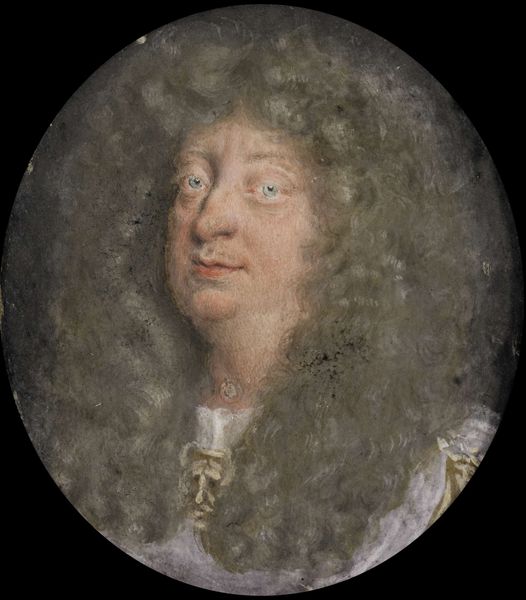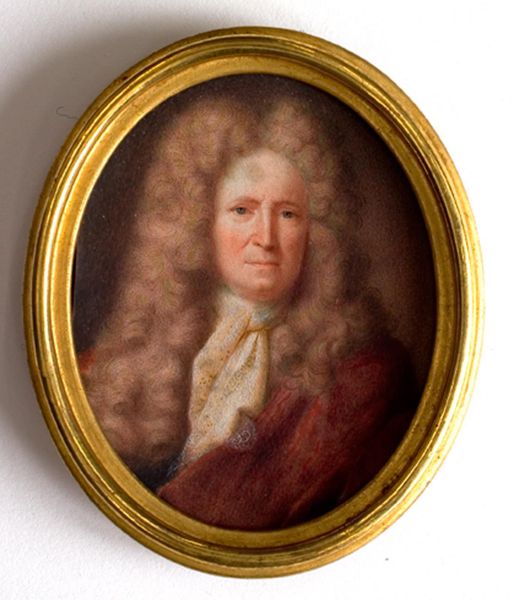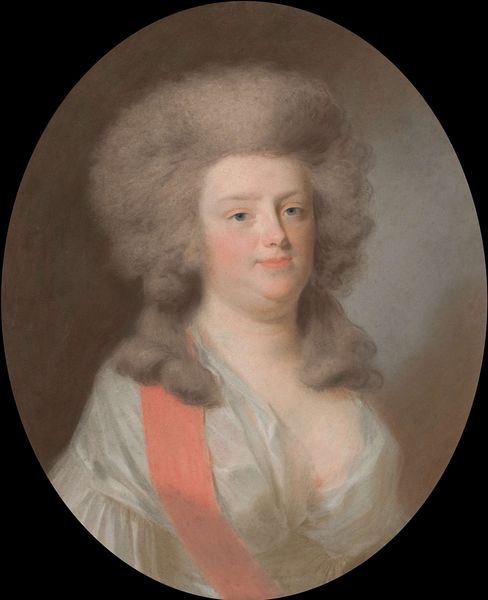
Portrait of Adriaen Paets, Director of the Rotterdam Chamber of the Dutch East India Company, elected 1703 1703 - 1722
0:00
0:00
painting, oil-paint
#
portrait
#
baroque
#
painting
#
oil-paint
Dimensions: height 82 cm, width 68 cm
Copyright: Rijks Museum: Open Domain
Editor: So, here we have Pieter van der Werff's oil painting "Portrait of Adriaen Paets," likely painted sometime between 1703 and 1722. The first thing that strikes me is the sheer formality. I mean, that wig! What kind of symbols do you see at play in this piece? Curator: The wig, the drapery, the gaze… they are all part of a complex visual language that speaks volumes about status, power, and the era’s worldview. Consider the wig – it wasn’t merely a fashion statement, but a deliberate display of wealth and belonging to an elite class. In Dutch art, such elements signal not only individual identity, but also the values of the community the subject represents. What feelings does that visual language evoke for you? Editor: I get a sense of authority, sure, but also almost... distance. Like he's intentionally holding himself apart. Curator: Precisely! The distance, that slight detachment, contributes to an aura of unassailability. But there is also the intimate quality afforded by the oval shape. Portraits often served as symbolic representations of family legacy; the painting wasn’t just an image, it was a carefully crafted artifact carrying cultural weight. Do you think he sees himself primarily as an individual, or as a representative of the Dutch East India Company? Editor: Hmm, both perhaps? Like his personal identity is almost secondary to the role he plays. It makes me wonder about the burdens of leadership, then and now. Curator: Indeed. And in viewing this, we participate in the continuous shaping of this man’s memory and our own cultural narratives, intertwined across centuries. It's through these repeated acts of witnessing that collective memory is formed and reshaped. Editor: That’s a lot to take in from just one portrait. I'll never look at a wig the same way again. Curator: These potent symbols remind us that even the most seemingly straightforward image holds a story—or rather, many stories.
Comments
No comments
Be the first to comment and join the conversation on the ultimate creative platform.
